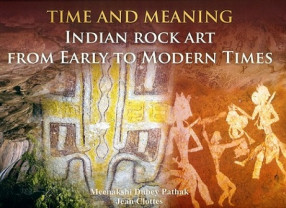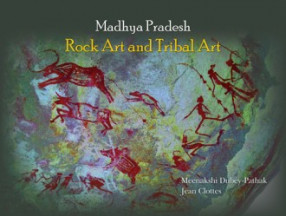Time and Meaning: Indian Rock Art from Early to Modern Times
While people were making rock art, they no doubt practiced many other forms of art, on their bodies, on their clothes, on their habitations, on their tools and weapons and on all sorts of perishable materials. With the passing of time, all this is gone. Nowadays, though, traditional forms of tribal art still persist in many places, even if partly mixed with Hinduism, for example when some rituals take place for Diwali. We have seen and studied some of them, like painting cows and houses or making cow-dung sculptures called gobardhans. In most parts of the world, such practices are long gone and so are the meanings that went with them. This is why it is so important to record them while we can. Rock art, for physical reasons, is the best preserved of tribal arts. It is present in thousands of sites all over India, with more concentrations in the center of the country. In our book, we shall see that rock art has never been still and unmovable: it has considerably evolved over the past 12,000 years.
Get it now and save 10%
BECOME A MEMBER




Bibliographic information
Jean Clottes